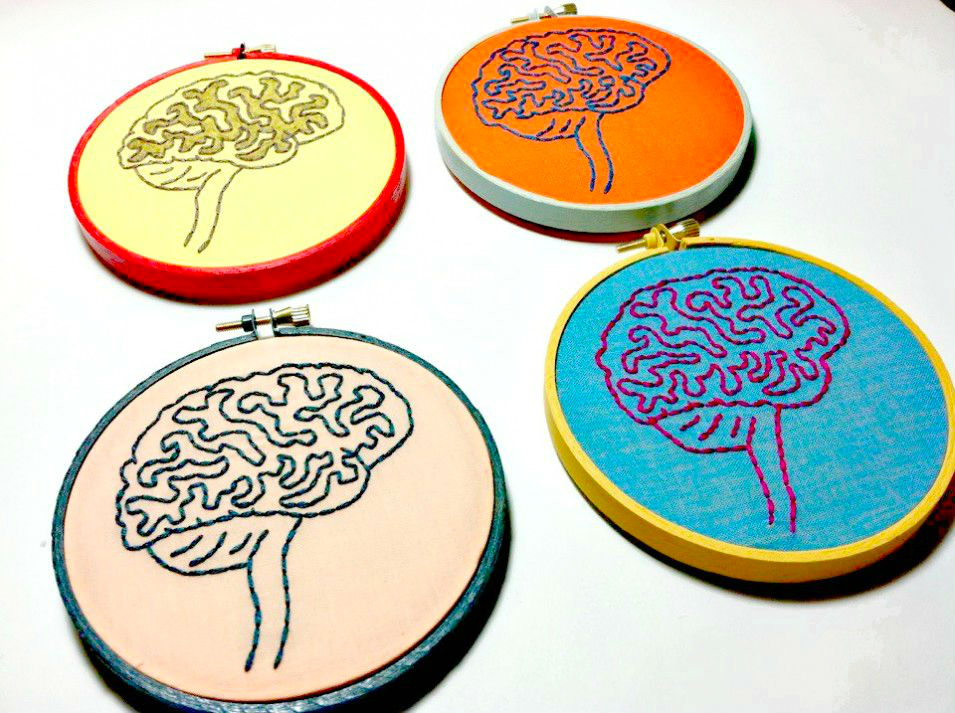
Defaults, rewards, encouragement and prompts.
All of which make it easier for us to change our behaviour, leading to healthier thinking and better health promotion strategies says head of the ‘Nudge Unit’ Dr David Halpern.
Led by Dr Halpern, the Nudge Unit, a.k.a the Behavioral Insights Team was established in the UK in 2010 by Prime Minister David Cameron to apply insights from Behavioral Economics to find smarter ways to encourage, support and enable people to make better choices for themselves. Ideas about Behavioural Economics and ‘Nudge theory’ came into the public’s consciousness when Yale published a book called ‘Nudge Improving Decisions About Health, Wealth, and Happiness by professors, Richard Thaler and Cass Sunstein.
Basically, because we’re humans that makes us susceptible to biases. We are also prone to making irrational and poor decisions. And the results of those decisions can led us to unhealthier versions of ourselves.
Nudge theory suggests that relatively small tweaks (nudges) in design can make people make healthier choices. Say if children have the option to see the fruit and salad options before desserts in the school cafeteria, they might be less likely to eat dessert.
Speaking at the VicHealth Leaders Initiative series on addressing wicked social problems, such as the rising levels of obesity and other preventative health issues, Dr Halpern shared his insights with a hundred or so Melburnians at the Wheeler Centre on a chilly Friday morning.
A recent addition to VicHealth’s team, the thinker in residence is applying his insights directly to health promotion and is set to benefit our community – nudging people to be healthier, make better decisions and improve their general wellbeing.
One of the most interesting insights discussed, was the power of small changes to have a BIG impact.
At the agency we often talk with clients about tweaking design to be more visually appealing, simplifying messages to make them memorable, using the power of social networks to get conversations started and ensuring the timing is spot on when bringing campaigns or projects to life.
So, hearing about the simple model the nudge unit developed to encourage a desired behaviour rang a few bells.
Otherwise known as the EAST framework, it provides further evidence that taking the time to consider your audience matters and can shape behaviour.
Make it Easy, Attractive, Social and Timely
1. Make it Easy – we underestimate the impact of small frictions on shaping behaviour.
- Harness the power of defaults.
- Reduce the ‘hassle factor’ of taking up a service.
- Simplify messages.
2. Make it Attractive – if you make the effort to make things more attractive to people they are more likely to act.
- Attract attention.
- Design rewards and sanctions for maximum effect.
3. Make it Social – Social norms and expectations play a key role in behaviour, use networks and notions of reciprocity.
- Show that most people perform the desired behaviour.
- Use the power of networks and encourage behaviours to spread peer-to-peer.
- Encourage people to make a commitment to others.
4. Make it Timely – People are more likely to make decisions key moments, so make things coincide with these moments.
- Prompt people when they are likely to be most receptive.
- Behaviour is generally easier to change when habits are already disrupted, such as around major life events.
- Consider the immediate costs and benefits.
- Help people plan their response to events.
One of the most interesting examples of how the Nudge Unit applied their insights is to organ donation in the UK. Opinion polls suggested that 9 out of 10 people support organ donation but fewer than 1 in 3 people are registered with the national Organ Donor Register. Through a controlled trial the unit was able to test messages to see which resulted in the highest new organ registration numbers.
When Dr Halpern presented this example to the VicHealth audience it had an interactive component. Everyone got to pick which they thought would be the best performing message. The best performing result was not a surprise to us, as the message drew on ideas of reciprocity and fairness by asking people “If you needed an organ transplant, would you have one? If so please help others.”
People naturally want to give back. Creating messages that tap into emotional ideas of reciprocity provide an opportunity to do that.
Applying these principles to health promotion is about helping people to understand that the benefits they get upfront, such as the pleasure from eating unhealthy yet tasty food has a much larger longer term cost both at an individual and societal level.
At Ellis Jones we know that decisions made about moving into an aged care or retirement home usually happens around a crisis or change in health conditions. We help our clients develop strategies and make it as easy as possible to make the transition through smart design.

